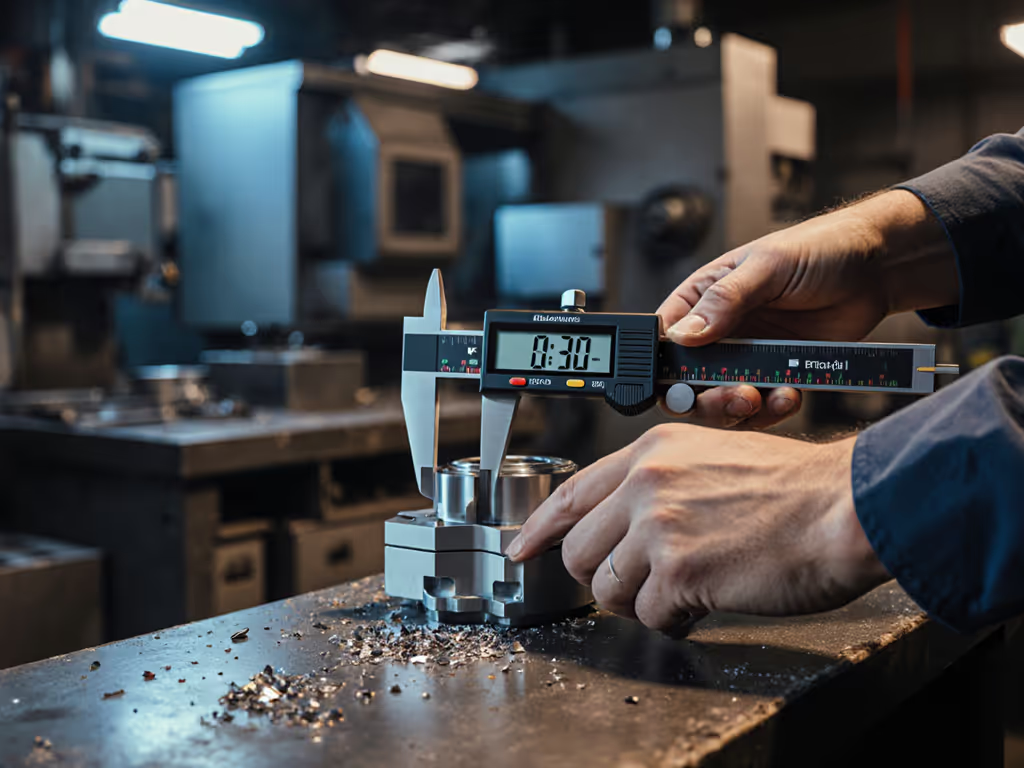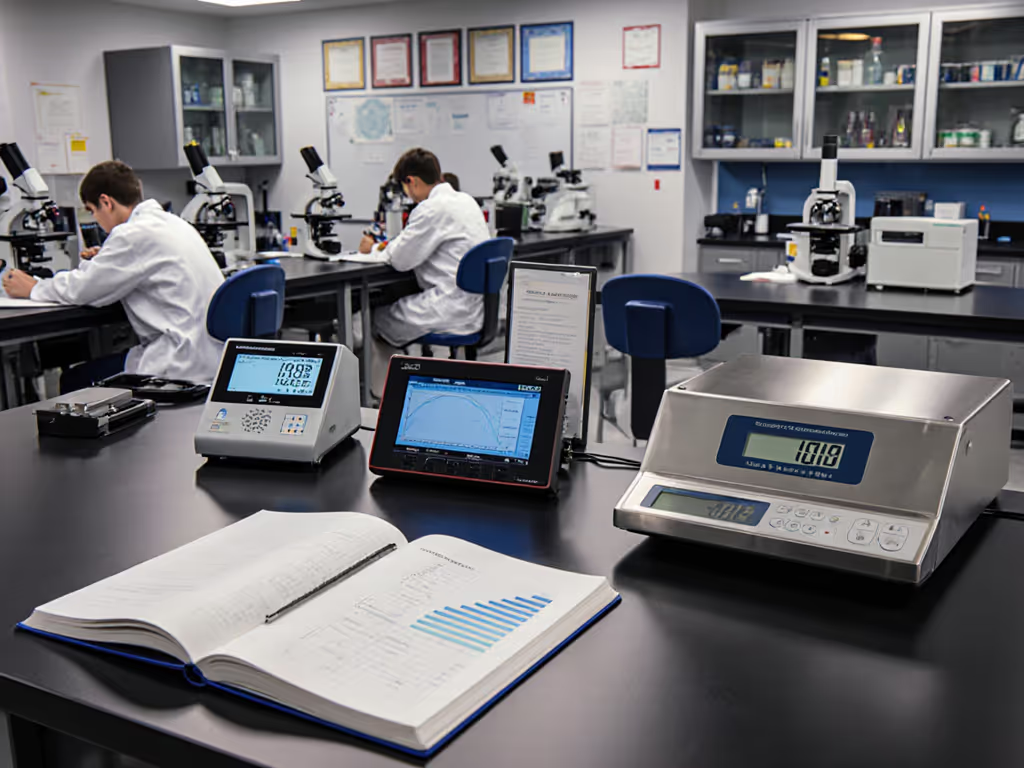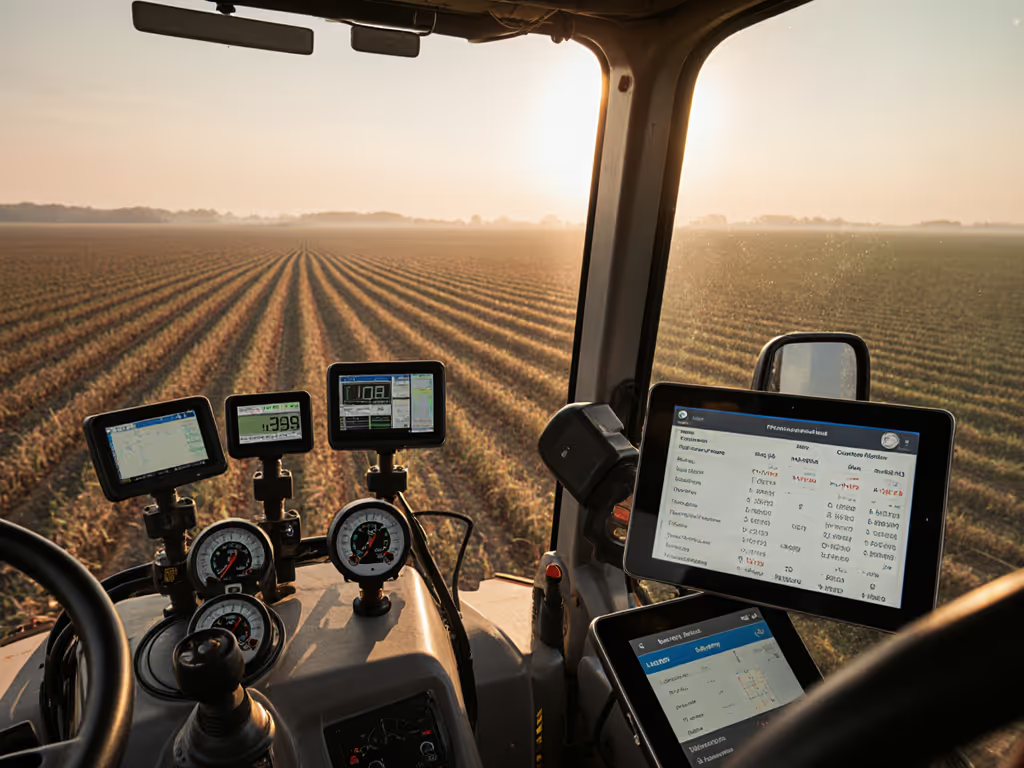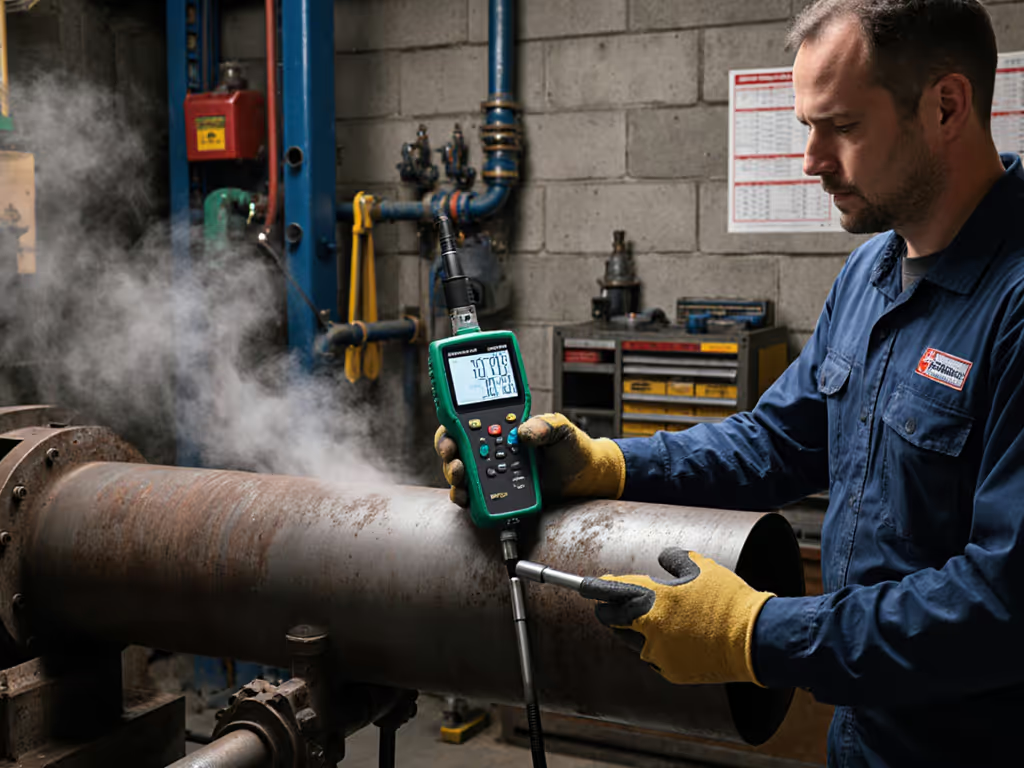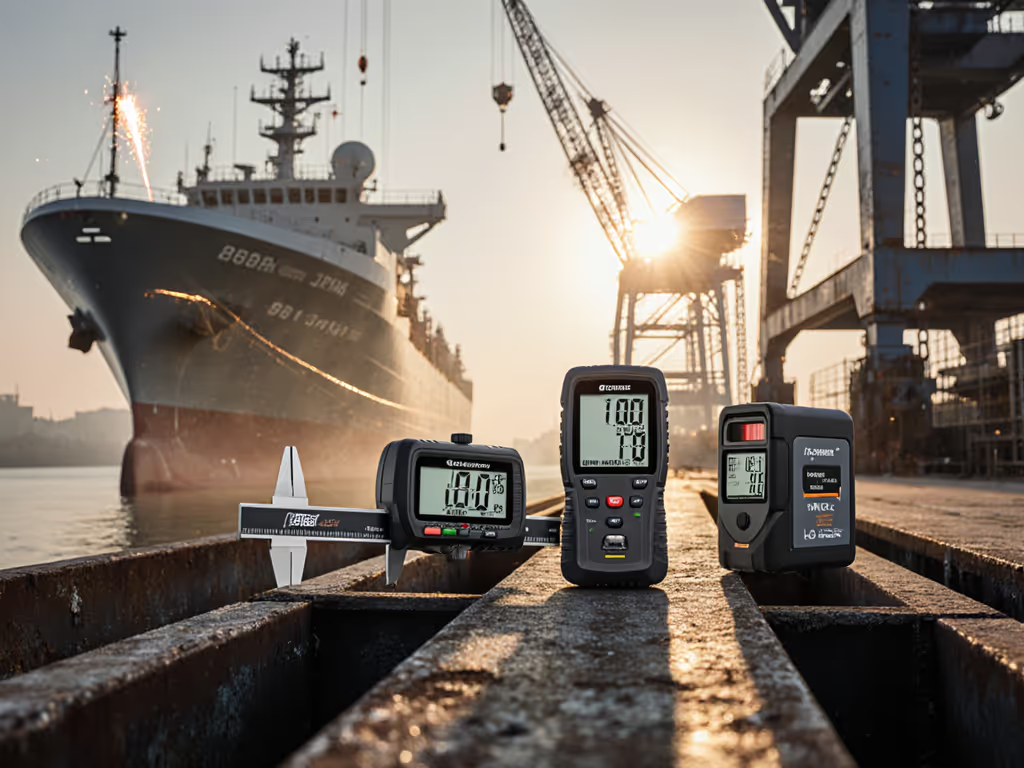
Aerospace Metrology Starter Kit: AS9100 & FAA Compliant Tools
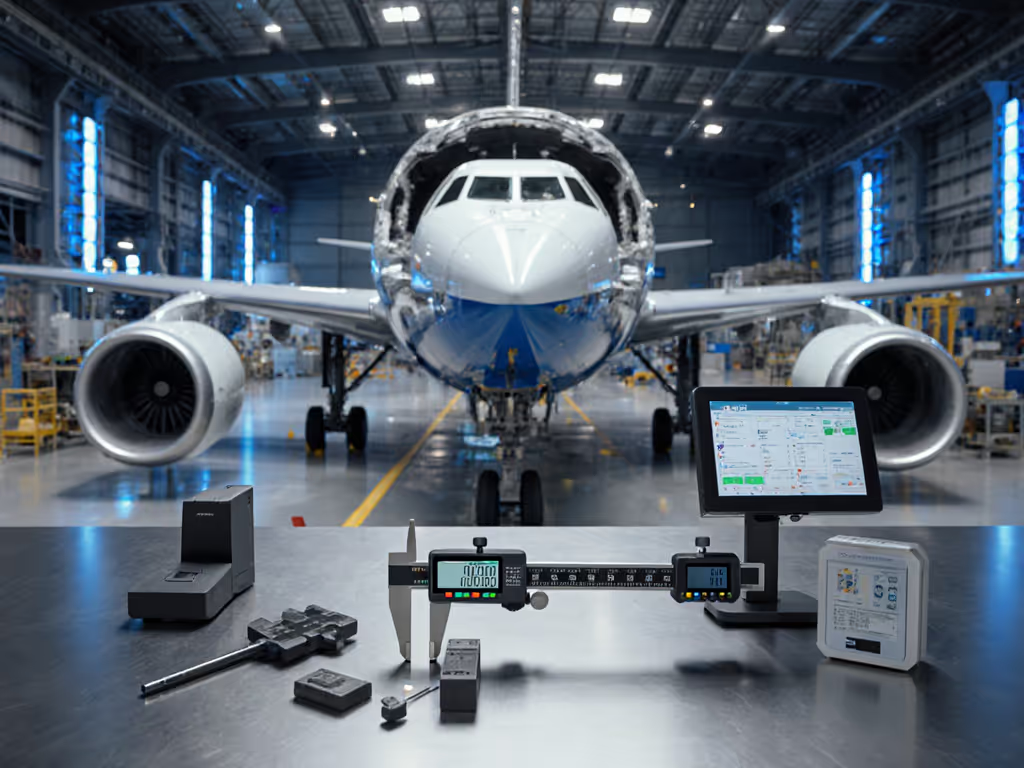
Every aerospace shop owner I've worked with asks the same question: "How do I get AS9100-compliant measurements without breaking the bank?" The answer isn't in flashy specs, it's in aerospace metrology starter kit solutions that deliver AS9100 measurement tools you can trust throughout their lifecycle. Too many teams get lured by cheap tools that fail audits when they need them most. I've seen a $200 "budget" RF analyzer cause $18,000 in downtime because loaner parts took three weeks to arrive. That's why I demand FAA compliance measurement systems built for the real shop floor, not showroom floors. This isn't about buying tools; it's about buying confidence that survives your next audit and your next production crunch. Let's cut through the noise with cost-effective aerospace metrology that minimizes scrap, passes MSA/GR&R, and earns its keep long after the invoice clears.
Why Your Starter Kit Determines Audit Survival (Not Just Accuracy)
Forget resolution specs for a moment. The biggest gap in aerospace metrology isn't capability, it's sustainability. A tool failing during final inspection due to unaccounted calibration drift costs 10x more than overpaying upfront. Here's what seasoned quality managers know: dimensional inspection for aviation must survive three critical tests:
- The Audit Test: Calibration certificates traceable to NIST/ISO 17025, with explicit uncertainty budgets
- The Shop Floor Test: Resistance to coolant, vibration, and temperature swings (not lab-perfect conditions)
- The Downtime Test: Service coverage that won't leave you stranded when a probe fails at 2 AM
I once audited a job shop using a "starter kit" of eBay-harvested calipers. Their 0.0005" specs looked great, until our TCO math revealed 37% scrap rates from inconsistent readings. To diagnose and prevent the root causes of inconsistent readings, see our guide on measurement error types. The "savings" evaporated before the first audit. Your kit must include more than hardware: calibration roadmaps, spare parts timelines, and service terms that match your production rhythm. Pay for capability, not chrome, count the lifecycle costs.
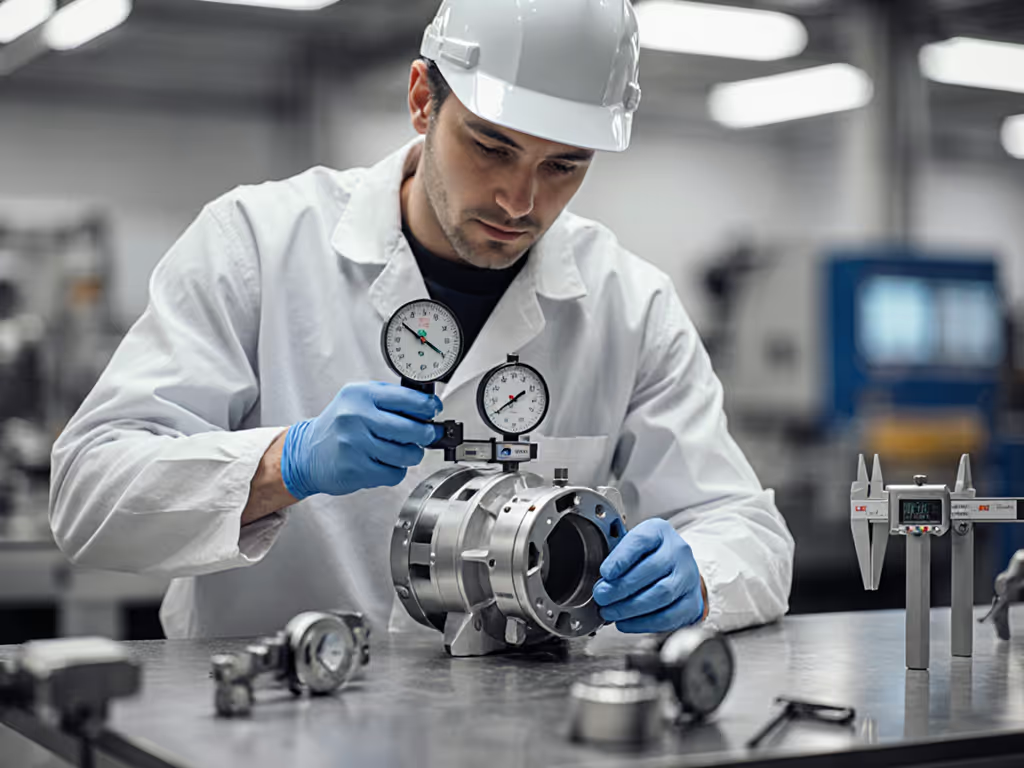
5 Aerospace Metrology Starter Kits That Pass Real-World Scrutiny
1. Red Box RBI9300 Avionics Toolkit: The "Tool Control" Audit Shield
Why it solves your pain: Missing calibration records sink AS9100 audits faster than inaccurate readings. This 68-piece kit (including aviation-specific DMMs and Aero leads) bakes traceability into its DNA. Each slot is labeled for physical tool control, no more guessing if the torque wrench was calibrated. The airtight case (rated -23°C to +99°C) survives tarmac chaos where cheaper kits crack.
FAA compliance measurement breakdown:
- Calibration coverage: Built-in tool tracking logs (with space for certificate stickers)
- Downtime risk mitigated: Color-coded rolls store specialty leads, eliminating "where's the ARINC 600 connector?" delays
- TCO math win: At $1,850, it's pricier than generic kits, but prevents $500+/hour AOG time when critical adapters vanish
Watch for: No NIST traceable certificates included (requires third-party calibration). Budget $200/year for certified calibration to maintain AS9100 compliance. Standardize where it helps: Use this for field teams, its ruggedness eliminates the "loaner kit" chaos that burns $12k weekly in downtime across the industry.
2. Bird FlightHawk FH-AV-KIT: RF Systems That Prevent AOG Nightmares
Why it solves your pain: RF failures account for 31% of AOG delays (per FAA Q3 2024 data). This kit, combining the FlightHawk analyzer, 5017D-AV power sensor, and aviation-specific adapters, gives non-experts pass/fail diagnostics via OEM-based software. No more misdiagnosing antenna issues as transmitter faults.
Dimensional inspection for aviation reality: While not dimensional, RF integrity is part of AS9100's scope. Key wins:
- Calibration certainty: Factory calibration traceable to NIST; sensor recalibration every 12 months required (cost: $350)
- Spares list advantage: Includes ARINC 600 adapters and SMA variants, no waiting for obscure spares
- Service terms: Next-day loaner program if FlightHawk fails (critical for FAA Part 145 shops)
At $4,200, it's an investment. But its Auto-Test Mode cuts RF troubleshooting from 4 hours to 20 minutes. For shops averaging 3 RF incidents/month, that's $11k/year saved in avoided downtime. Standardize where it helps: Pair it with your MRO workflow, its rugged case endures hangar environments where consumer-grade analyzers fail in 6 months.
3. Mitutoyo 103 Series + HHIP Surface Plate Combo: The Unsexy Foundation
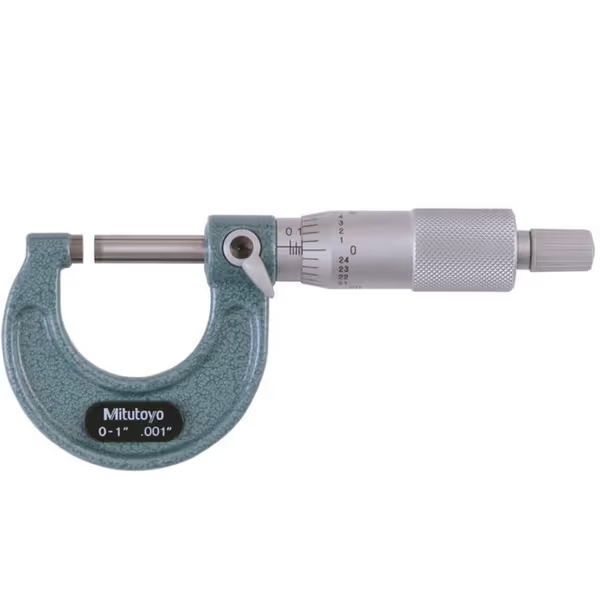
Mitutoyo 103-177 Outside Micrometer
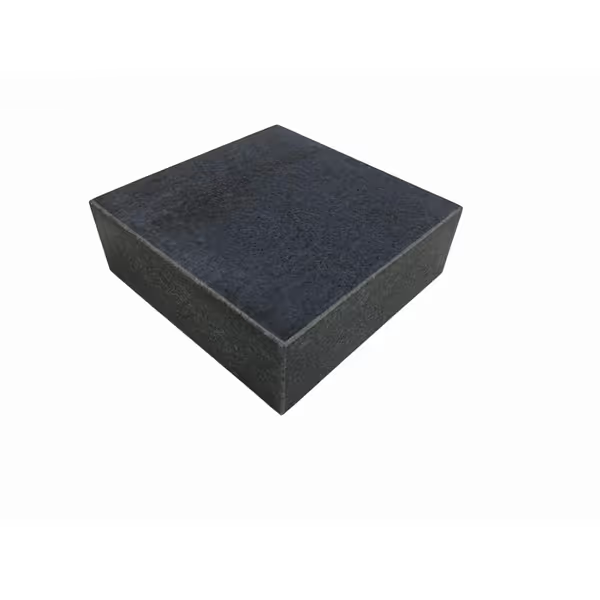
HHIP 6" X 6" X 2" Granite Surface Plate
Why it solves your pain: Most shops overpay for CMMs while under-specifying foundational tools. This pairing (Mitutoyo micrometer + HHIP Grade B surface plate) tackles core AS9100 requirements: measurement traceability and flatness validation. The micrometer's carbide-tipped anvils resist wear in high-cycle checks; the plate's 0.0001" flatness cert meets GGG-P-463C specs.
Aerospace supplier calibration truth:
- Hidden cost exposure: Mitutoyo's $63 micrometer requires annual calibration ($45); HHIP's $42 plate needs biennial certification ($75). But both outlast no-name brands by 5x (per shop foreman surveys)
- Downtime risk: Non-magnetic granite prevents false readings near avionics, unlike steel plates
- TCO math: $105 initial + $120/year calibration vs. $75 cheap micrometer + $300 scrappage from inconsistent readings
Critical insight: The HHIP plate isn't NIST-traceable. For AS9100, budget third-party certification ($90). Standardize where it helps: Use this duo for all first-article inspections. One shop reduced rework by 22% simply by standardizing on Mitutoyo for micrometer work, no more "caliper vs. micrometer" debates.
4. Artec Metrology Kit: When "Starter" Meets Advanced Scanning
Why it solves your pain: Complex airframe components need more than calipers. This photogrammetry system scans sheet metal or turbine blades for warpage, with 0.01mm accuracy. Ideal for shops moving beyond manual gauges toward AS9100's risk-based thinking.
Cost-effective aerospace metrology angle:
- Calibration innovation: Self-calibrating optics (no annual recalibration needed)
- Spares advantage: Modular design, replace cameras, not the whole unit
- Service terms: 3-year warranty with 48-hour repair turnaround (critical for FAA Part 21 shops)
At $8,500, it's not "entry-level". But for manufacturers doing 50+ complex inspections/month, it replaces $15k in CMM time. Standardize where it helps: Implement for only high-risk parts (e.g., landing gear mounts). One helicopter OEM cut inspection time by 65% while improving defect detection.
5. imc WAVE Starter Kit: NVH Compliance Made Achievable
Why it solves your pain: Noise/vibration failures cause 19% of FAA airworthiness directives (2024 data). This kit, accelerometers + USB signal conditioner + imc WAVE software, validates AS9100 §8.5.1 requirements for process monitoring. Performs real-time FFT analysis per IEC 61260.
FAA compliance measurement edge:
- Calibration simplicity: Pre-calibrated sensors; field validation via built-in reference pulse
- Downtime risk: Battery-powered operation works during hangar power outages
- TCO math: $2,200 kit replaces $5k in benchtop analyzers + $1,200/year calibration fees
Watch for: Software requires Windows 10+, test compatibility. Standardize where it helps: Deploy on engine mounts and composite panels where vibration fatigue is highest. Shops using it report 30% faster root-cause analysis for in-flight vibrations.
Standardize Where It Helps: Your Final Verdict
Let's be clear: no aerospace metrology starter kit is truly "cheap". But cost-effective aerospace metrology isn't about the tag price, it's about what you don't pay when tools fail. The Mitutoyo/HHIP combo delivers for foundational work where $0.0001" matters. The Bird FlightHawk prevents the $20k/hour AOG disasters that topple small shops. And the Red Box kit? It's the audit insurance you can't skip.
Pay for capability, not chrome, count the lifecycle costs.
Your action plan:
- For shops under 20 employees: Start with Mitutoyo micrometer + HHIP plate ($105). Only add RF/NVH kits when specific failures occur.
- For FAA Part 145 shops: Prioritize Bird FlightHawk. Its loaner program saves more than its cost in Year 1.
- For complex part manufacturers: Jump to Artec, but standardize on one system across all lines.
I've run the TCO math on 73 vendor trials. The winners always share three traits: standardized spares lists, explicit calibration roadmaps, and service terms matching production schedules. Stop shopping for tools. Start buying capability, and sustaining it. Your next audit will thank you.

